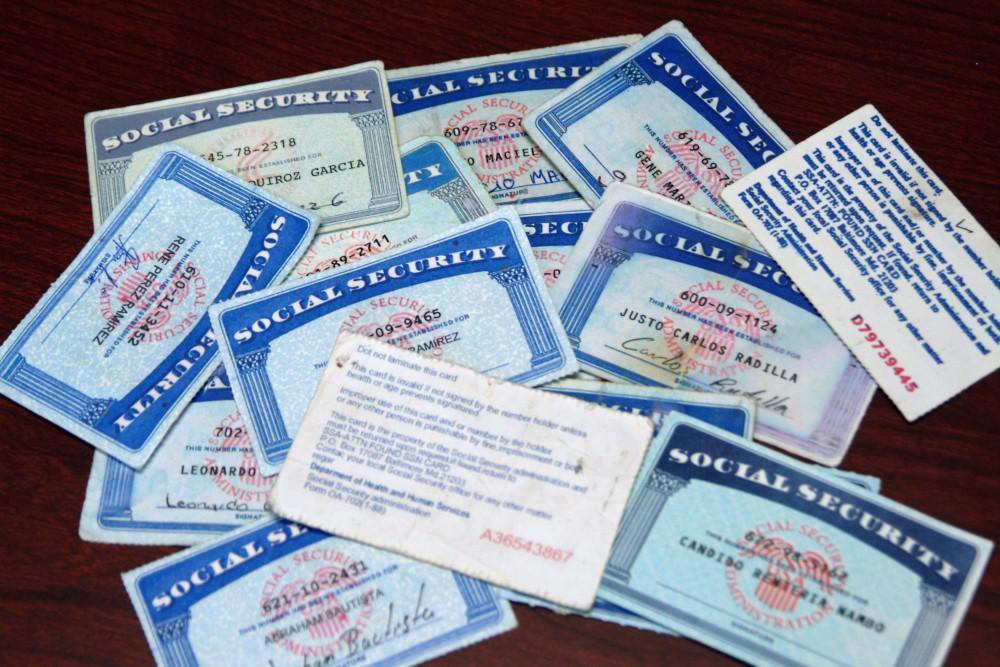Website puts Obamacare flaws on display

ss-cards
November 8, 2013
Information is starting to trickle in about those enrolling in the new federal healthcare program, and it is only a continuation of the inauspicious start inaugurated at the beginning of October. While the Obama administration is tight-lipped about the number of uninsured Americans who have been able to enroll using the glitch-laden HealthCare.gov website, individual states provide insight about who and how many are enrolling. The bottom line is that the majority of those who have signed up for the federal healthcare program have already been receiving federal healthcare benefits in the form of Medicaid. This is a problem for Obamacare because the viability of the system depends on high enrollment by the young and healthy in order to offset costs from older, sicker, and poorer enrollees.
The federal healthcare system’s enrollment website (Healthcare.gov) made its debut on October 1 and has been widely regarded as a complete failure. The website is so full of glitches and dead ends that many people have found it impossible to sign up, which is worrisome to the White House and economists alike because they say that it might dissuade the young and healthy, more than anyone, from signing up. The logic is that the sick have a much larger incentive to sign up for the program, so they are more likely to keep trying despite the glitchy website. The young and healthy, who do not have an incentive to sign up and receive “benefits,” are likely to be easily put off by the website’s many problems.
If this trend were to continue, a bleak image is painted. With only high-risk patients enrolled, insurers would be forced to raise premiums to offset their more-volatile risk pool of patients. This would have the effect of further de-incentivizing other uninsured people to enroll in the program. An uncontrollable spiral of rising premiums and decreasing enrollment would ensue, spelling disaster for Obamacare.
However, there is a light at the end of the tunnel, a very strong, bright light. The light is the fine that every American would incur if he or she would elect to not enroll in the federal healthcare program. Economists agree that Obamacare will not collapse under its own weight as it might seem right now because the program is not a choice; it is a mandate. Analysts believe that, as the deadline for signing up approaches, enrollment will soar dramatically as Americans rush to sidestep the hefty fine. Essentially, to make the program work on a financial level, healthy and economically-productive citizens must enroll to offset the burden of the sick.
This begs the question: what is Medicaid for if we need Obamacare? The long term goal of the new legislation is to shift a large portion of those on Medicaid onto the new healthcare system, thereby giving them truly identical coverage to any other average American who pays healthcare premiums. Medicaid, however, will not cease to exist. It seems that President Johnson’s Great Society reforms were not enough; indeed Medicare and Medicaid are in financial ruin. Obamacare might be viewed as a sort of “do-over” for Medicaid, financially speaking.
A month after the debut of the federal healthcare program’s website, Americans can now see the practical implications of Obamacare. And, in a larger sense, Americans can now take a step back and take stock of the legislation. One has to question the virtues of a law that the vast majority of Americans have demonstrated by their physical actions that they are anything but eager to enroll in. If the only way to make this legislation work is to place it on the backs of the healthy and economically-productive, is it something that will be beneficial to Americans and to the United States in the long run?
Despite the early unpopularity of the website, White House officials are optimistic about the future. President Obama has stated that the website should be glitch-free by the end of November, a mere two months after its release. After that, officials hope to have 7 million uninsured Americans enrolled by the end of March 2014. As it stands now, about 700,000 people have enrolled. However, well over 50% of those people were already receiving Medicaid benefits and, therefore, do not count toward the 7 million person figure. People who receive Medicaid are not considered uninsured by the government because they are already receiving government benefits.
It is the group of young, healthy uninsured Americans that the Obama White House is desperately trying to appeal to in order to make the program work. To that end, widespread advertising in states that have the most radically high-risk patient pools is being paid for by the federal government. Micro-targeting techniques that focus on specific minorities and age groups, much the same tactics that got Obama elected in both 2008 and 2012, are being utilized as a means of appealing to those groups who arguably stand to gain the least from the healthcare legislation, yet are so important to its financial viability.
Here Americans stand with a healthcare program that was rushed through the legislative process without its contents being transparent. To make it work, the government must rely on expensive, highly-focused advertising to convince enough Americans to enroll in order to make it financially feasible. Is this the change Obama promised in 2008?











